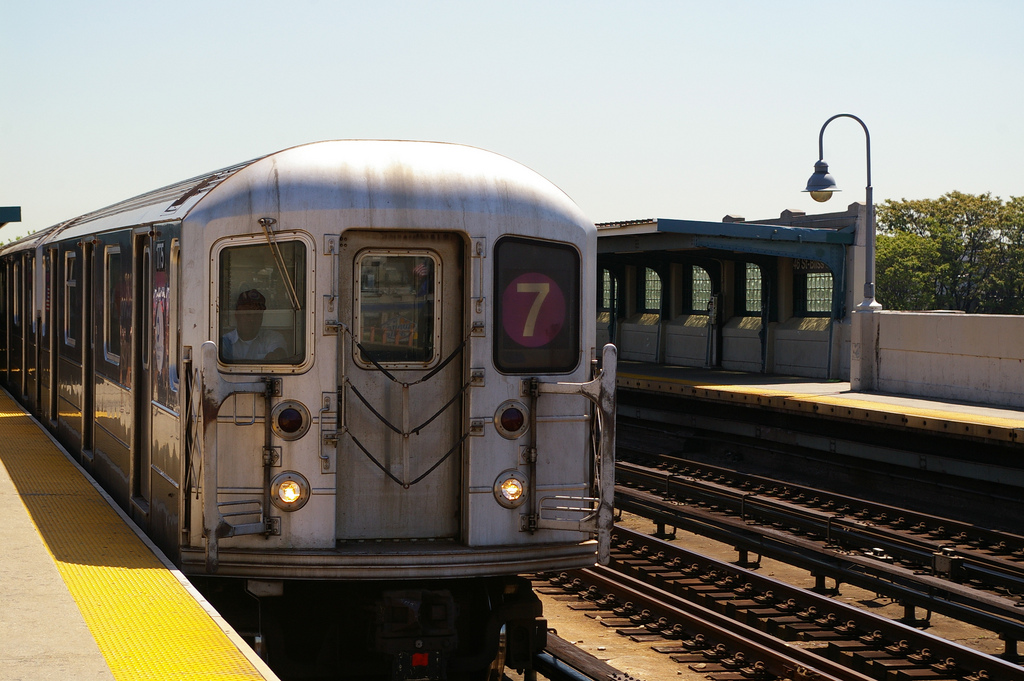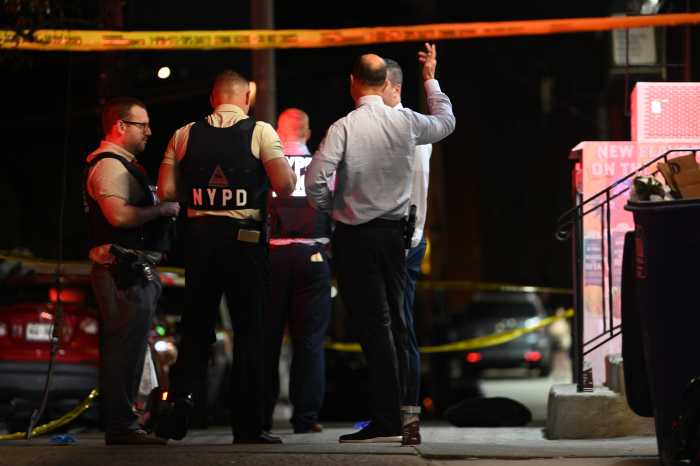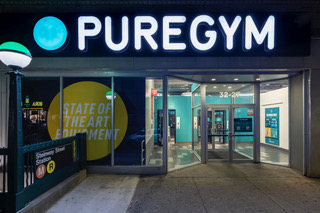The 7 train has long been a source of anxiety for daily commuters, from the frequent delays to overcrowded platforms, and one group has created an extensive list to highlight tips to navigate every stop on the line.
Access Queens, a transit advocacy group based in Sunnyside, has created the “7 Train Survival Guide.” It includes the history of each stop on the line, tips for navigating the stop, complaints from riders and any future planned work announced by the MTA.
Each stop from Flushing-Main Street to 34th Street-Hudson Yards has its own page and riders can also pitch in with tips and complaints.
“It’s hard to keep up with all that happens at each of the 22 stations along the 7 Line,” said Brandon Mosley, creative director of Access Queens, in a blog post. “The information released by the MTA, the media and New York City’s governing bodies isn’t always easy to find or comprehend, especially when key details are buried under a 100-page capital plan.”
The group is also behind the 7 Train Blues Facebook page, which gives riders an opportunity to trade travel tips, give real-time transit updates and vent about poor service. There are currently 2,156 members on the page and it is constantly growing.
On the Vernon Boulevard-Jackson Avenue stop, the top complaint expressed by riders was overcrowding. Tips to bypass transit problems include taking the LIRR or taking the Q103 bus to 21st Street to catch the F train at 21st Street/ Queensbridge.
In Sunnyside, the top complaints at the 46th Street/Bliss Street stop include frequent construction due to broken stairs and escalators and ongoing delays and closures. Riders have a number of options to get into the city when the 7 train is not running including taking the Q32, Q60, Q104 or taking the E,M, or R train at 74th Street-Broadway.
To make the survival guide more accurate, organizers are asking riders to fill out the 7 Train Blues Station Survey. Here, straphangers can include the biggest issues plaguing each station, commuting tips and tricks and what station improvements they would like to see.
“By raising the profile of each station, we hope to leverage the issues that matter to us most and make it easy for you to feel more ownership over your station,” Mosley said.


































